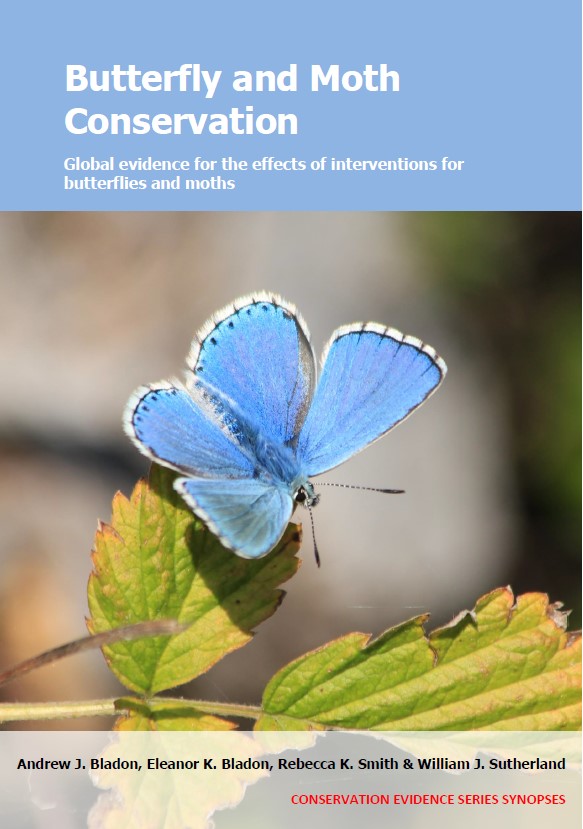Provide training for land managers, farmers and farm advisers
-
Overall effectiveness category Evidence not assessed
-
Number of studies: 1
View assessment score
Hide assessment score
How is the evidence assessed?
-
Effectiveness
not assessed -
Certainty
not assessed -
Harms
not assessed
Study locations
Supporting evidence from individual studies
A study in 2008–2011 in 200 farms in western Scotland, UK (Prescott 2012) reported that of the 170 farms that Butterfly Conservation visited to provide advice about applying for the Rural Priorities agri-environment scheme, 140 landowners submitted applications for the scheme, with the help of the organisation, with plans aimed at conserving the marsh fritillary Euphydryas aurinia and of these applications there was a 90% success rate and >3,000 ha were managed for the species. Butterfly Conservation contacted 200 landowners with farms containing known marsh fritillary populations and, with the assistance of the Scottish Agricultural College and Agrimony, assisted 140 landowners in developing management plans for conserving the marsh fritillary and submitting applications for the Rural Priorities agri-environment scheme. Ninety percent of applications were successful and >3,000 ha were managed specifically for the marsh fritillary. The marsh fritillary was a priority species for the Scottish Rural Development Programme’s Rural Priorities agri-environment scheme. From 2008, the organisations contacted owners of 200 farmland sites in Mid-Argyll and Knapdale, Mull, Lorne and Islay, conducted site visits at 170 of the farms, and provided assistance with devising site-specific management plans and making scheme applications for 140 of these.
Study and other actions tested
Where has this evidence come from?
List of journals searched by synopsis
All the journals searched for all synopses
This Action forms part of the Action Synopsis:
Butterfly and Moth Conservation
Butterfly and Moth Conservation - Published 2023
Butterfly and Moth Synopsis





)_2023.JPG)














